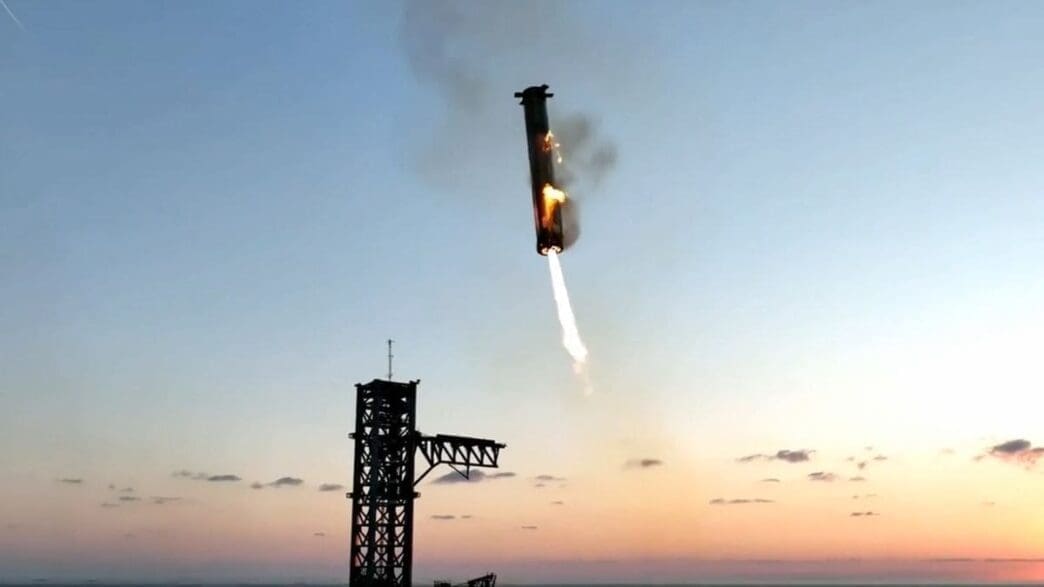This year, significant advancements were achieved in the field of space exploration, setting new records and expanding human understanding of our solar system and beyond.
SpaceX’s innovative achievements with its Starship megarocket marked a major milestone in reusable rocket technology. On October 13th, during its fifth test flight, SpaceX successfully captured the Super Heavy booster using launch tower arms, a pioneering step in rocket reusability. Despite early challenges with previous test flights, this achievement signified a leap forward for the company and the industry.
In February, significant progress was made in lunar exploration with two notable moon landings. Intuitive Machines’ Odysseus lander made history as the first private U.S. vehicle to land on the moon since 1972, while Japan’s SLIM probe demonstrated precise landing capabilities. Despite an unforeseen engine failure that impacted the solar panels, the SLIM mission marked a milestone for Japan, showcasing the country’s growing role in lunar exploration.
Boeing’s Starliner spacecraft, launching astronauts for the first time, encountered unexpected challenges. Although it successfully docked with the ISS, technical issues led NASA to extend its mission, ultimately deciding to return the astronauts via a SpaceX Dragon capsule. This event highlighted the complexities involved in human spaceflight and underscored the industry’s commitment to astronaut safety.
China’s Chang’e 6 mission brought samples from the moon’s far side, a first in lunar exploration. The successful collection, transfer, and return of these samples to Earth provided valuable insights into the moon’s composition, offering data that could inform future lunar missions.
SpaceX’s Polaris Dawn mission marked another milestone by conducting the first private spacewalk. The mission carried out science and engineering experiments, demonstrating the potential for future private endeavors in space research. Gillis and Menon’s record-setting flight altitude underscored the mission’s achievements in human space exploration.
NASA’s Europa Clipper launched towards Jupiter’s moon Europa, aiming to assess its habitability. The spacecraft’s advanced technology, coupled with its significant mission objective, makes it a focal point in the search for extraterrestrial life.
The Mars helicopter Ingenuity concluded its mission on the Red Planet after surpassing its original objectives. Throughout its extended operation, Ingenuity provided vital data, setting the stage for future aerial exploration on Mars.
United Launch Alliance introduced its Vulcan Centaur rocket, marking a new era for payload delivery. Despite a minor setback, the rocket’s successful flights affirmed its readiness for future missions, including national security operations.
NASA’s decision to cancel the VIPER moon rover mission was unexpected, primarily due to budgetary reconsiderations. While the mission’s immediate objectives have been halted, the technology and scientific instruments developed for VIPER may find use in other lunar initiatives.
Finally, Oleg Kononenko set a new record for the most time spent in space, emphasizing the capability and endurance of human space travel. Alongside this achievement, the year also saw a record number of individuals simultaneously in Earth orbit, reflecting the growing international presence in space.
2024 was a transformative year in space exploration, marked by groundbreaking missions and technological achievements that pushed the boundaries of what is possible beyond Earth. As we look to the future, these milestones pave the way for further exploration and understanding of the universe.
Source: Space







